25 years of Game Boy redesigns
You look different than I remember
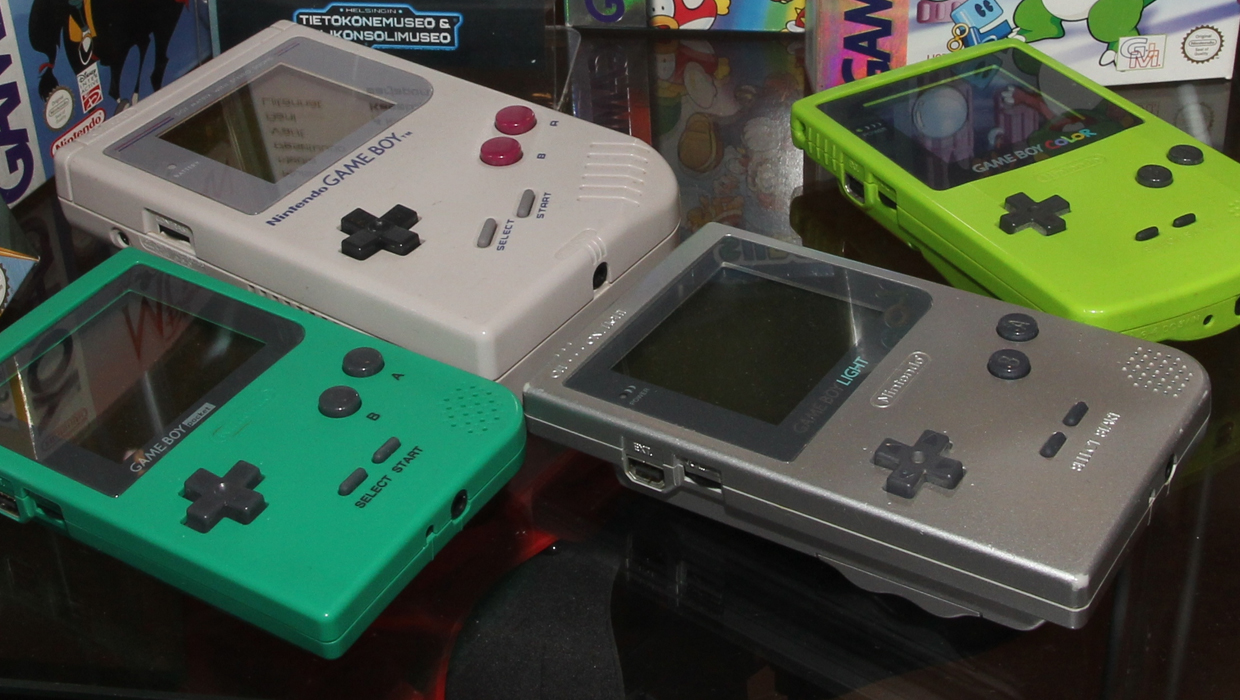
The Game Boy (not Gameboy as some write it) turned 25 years old in 2014, and that anniversary brings back a lot of memories for gamers of a certain age. Of course, those recollections differentiate, depending on when you got the system. In your minds eye, you might be holding a big grey brick, a smooth metallic shape, a purple rectangle--or all three, if your parents bought you a few of the redesigned Game Boys..
Thanks to Nintendos savvy repackaging and the handhelds incredibly long lifespan, gamers used a shocking number of Game Boy variations before the portable was finally discontinued in 2003. Some new editions were more impactful than others, some were meant to be attached to consoles, and some were never released outside of Japan. Its a credit to the system that people bought over 100 million of these all told, starting with the forgotten first edition...
Original black model (Japan-only)
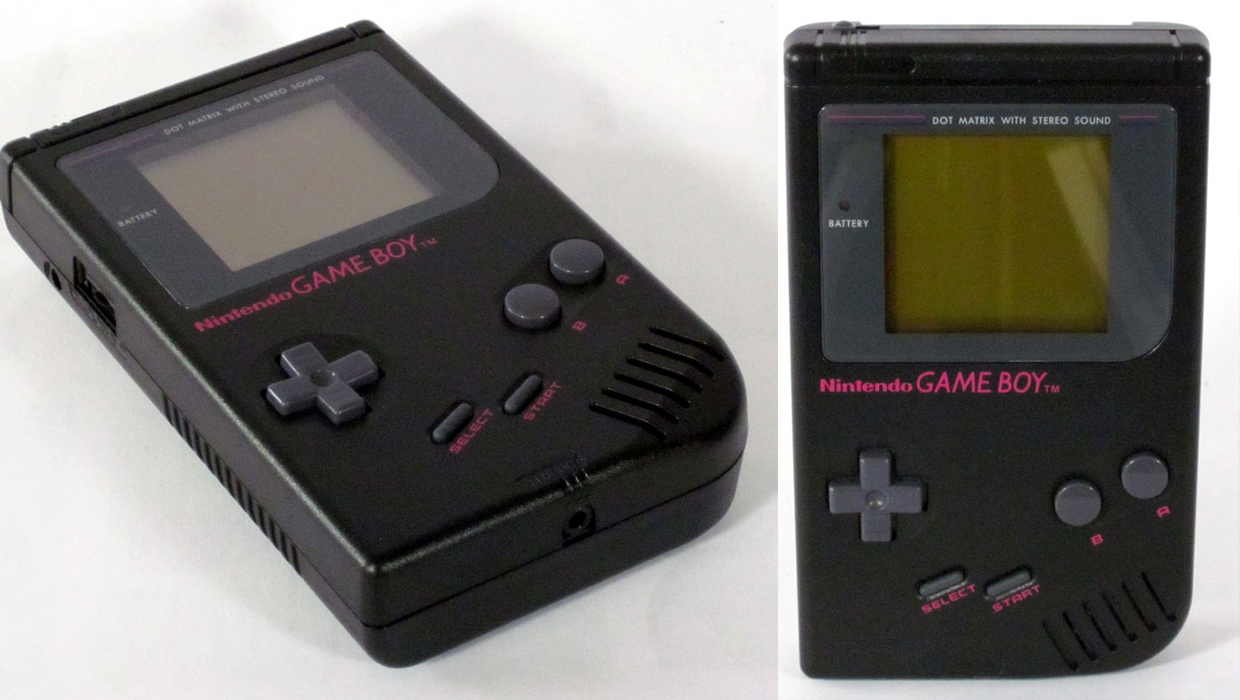
Yes, even if you got the system from a Wal-Mart on day one in 1989, you still dont have the truly first edition of the Game Boy. When it launched that same year on April 21 in Japan, the system came in the much sexier black model seen above. The pink text looks great printed on the black plastic, and the A and B buttons are also black, ditching the system's more kiddy Western look. On the other hand, the system didnt come with any games included, making the package a little less alluring without the free copy of Tetris that North American gamers enjoyed.
The classic grey brick model
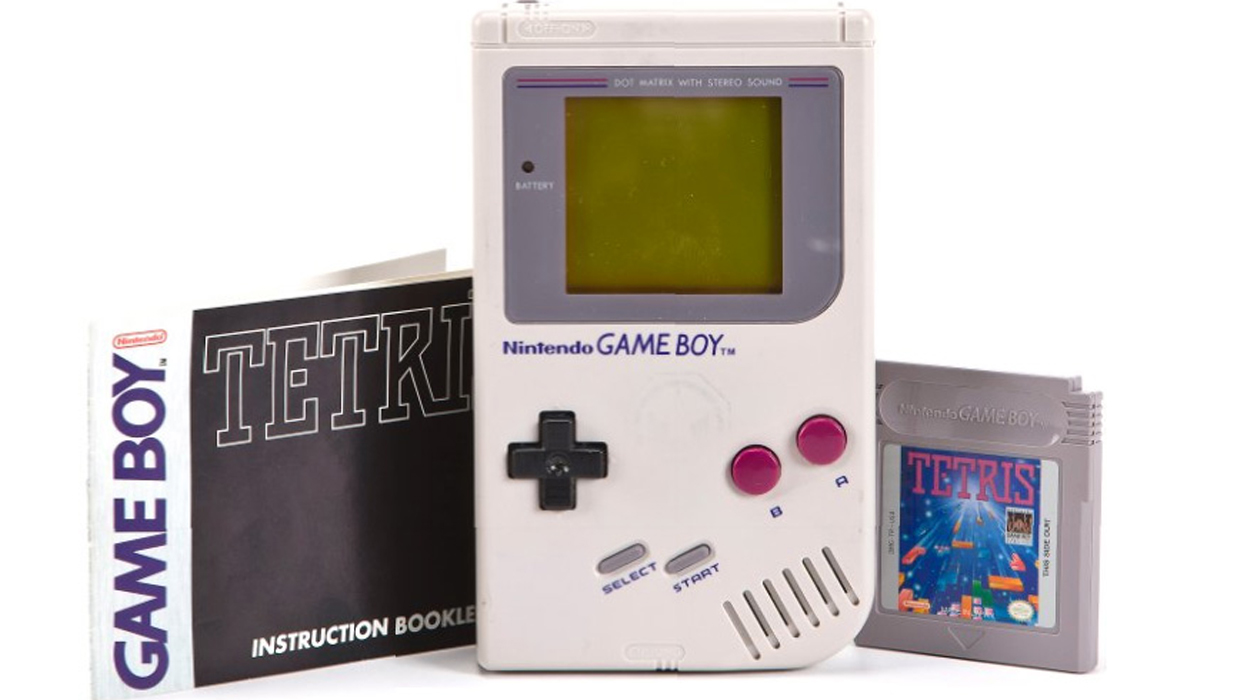
If you were one of the first 40 million or so to play the system, this is likely the Game Boy of your childhood. This massive hunk of electronics was made to take a beating, with plastic outsides that stayed intact even when kids dropped it over and over again. The light shade of grey complimented the mint green screen, while the pink buttons and black D-pad were warmly reminiscent of the NES controller. Kids and adults alike played these models all the time when the system was new, and as fresher models replaced this version, it became a gaming hand-me-down for younger siblings everywhere. Though its massive and unwieldy in the age of smart phones, this brick of a portable still brings out nostalgia in many gamers.
Super Game Boy
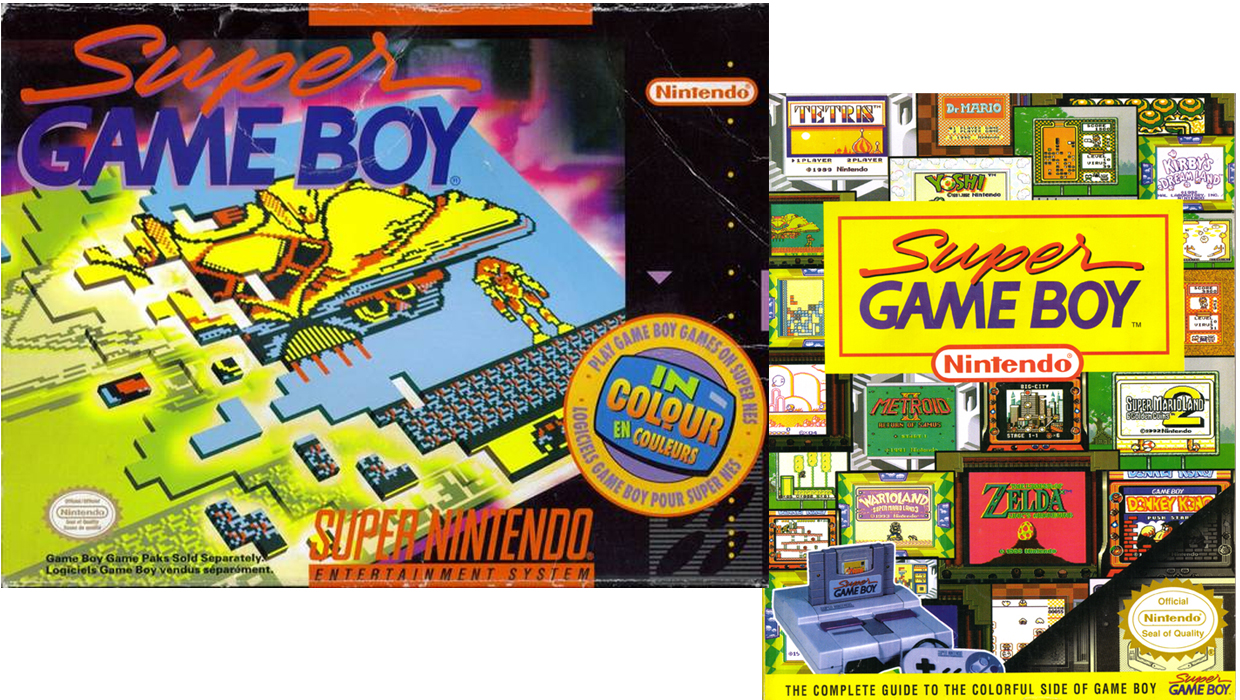
It seems novel that Nintendo now offers Game Boy Advance games on the Wii U, but its really just part of the companys long history of bringing handheld content to home consoles. The Super Game Boy was a modular cartridge for your SNES that allowed you to play Game Boy titles on your TV. The Super Game Boy also gave the handheld releases a much-needed facelift by recoloring the different shades of green with different, somewhat random hues. Select GB carts, like Donkey Kong and Kirbys Dream Land 2, were programmed to offer more sophisticated colors when on the Super Game Boy, and titles like Wario Blast and Killer Instinct could even be played with two simultaneous players via the SNES. Its just too bad that more games didnt take advantage of the add-on.
Play It Loud editions
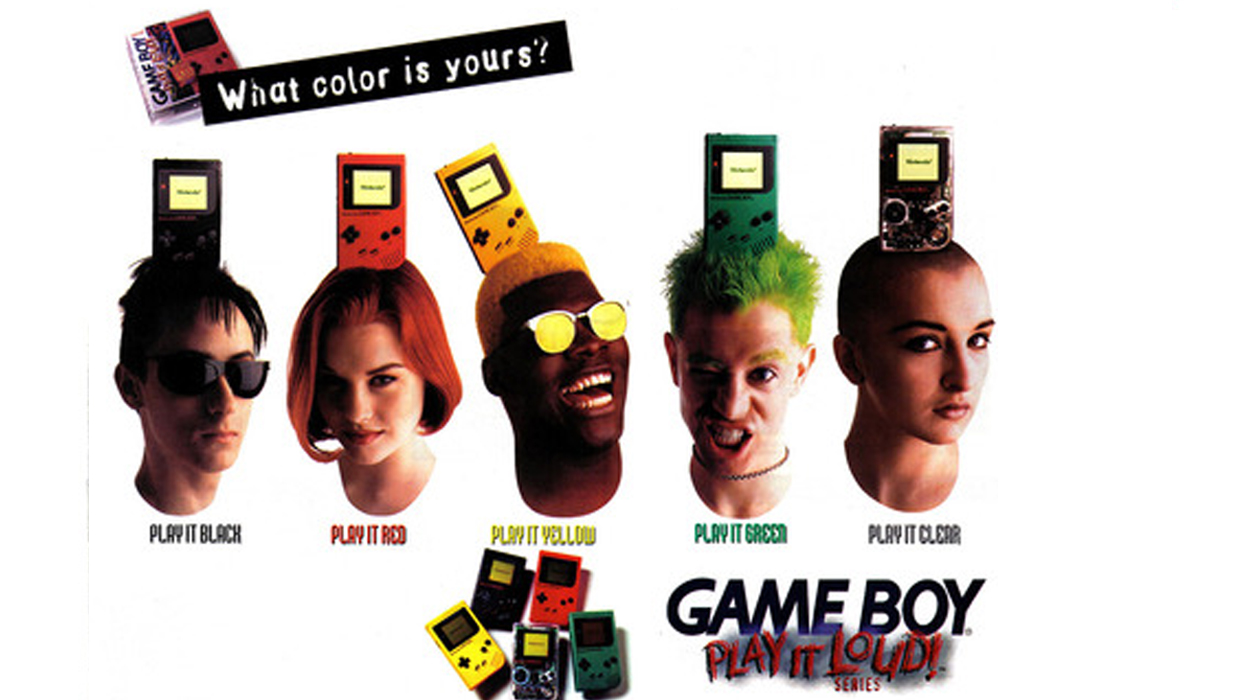
The Game Boy had many competitors, all of which failed to topple the king despite most being able to display far more colors that the monochromatic Game Boy. Nintendos portable tech was getting long in the tooth by 1995, but instead of making the screen more vibrant, the publisher made everything else around the system colorful. The redesigned models were tied into the insanely dated Play It Loud campaign, and came in red, black, yellow, green, and clear (no doubt piggybacking on the Crystal Pepsi movement of the day). The design was as boxy as ever, but at the time it was a good way to reenergize the handheld before it got a more thorough reimagining.
Game Boy Pocket
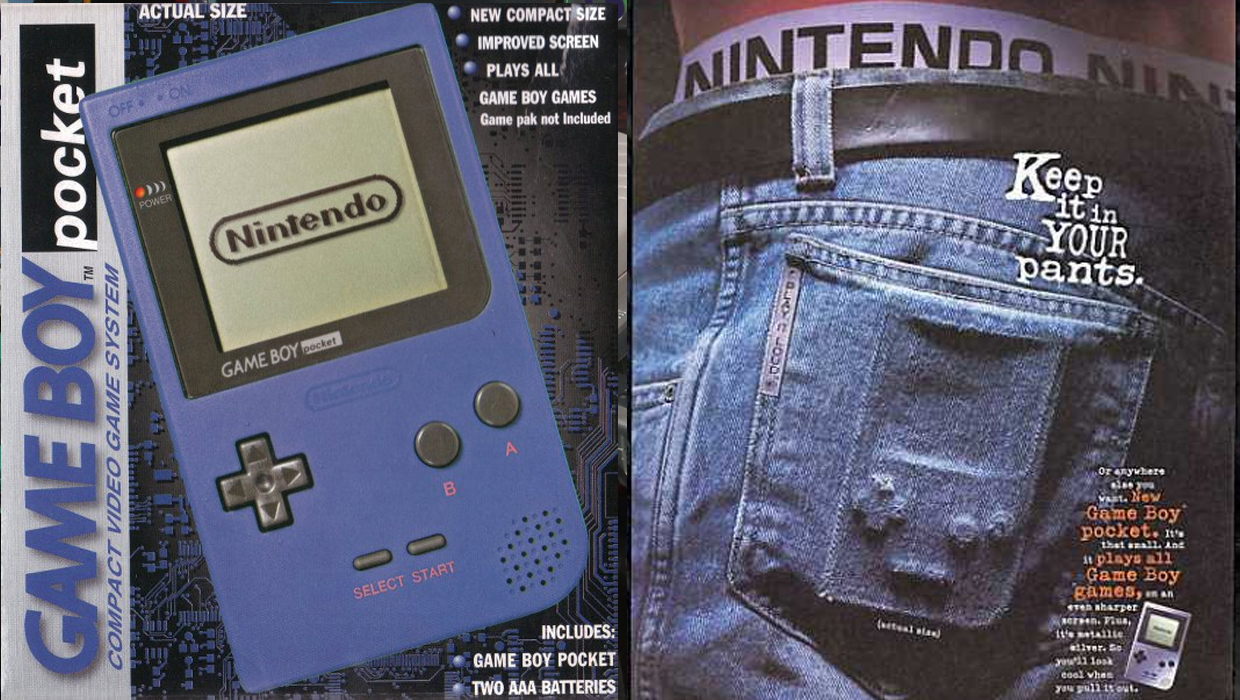
For a portable, the massive original Game Boy isnt all that easy to transport, especially when youre a under the age of 10. The Pocket iteration of the handheld made the machine much more attractive, with additional benefits beyond its slimmer size. The compact design meant two cheaper AAA batteries replaced the bulky four AAs of the original, and the screen was much sharper, replacing fuzzy greens with better-defined black and white. And the system came in multiple colors from the outset, meaning gamers could play it loud from day one.
Weekly digests, tales from the communities you love, and more
Game Boy Light (Japan-only)

Released in 1997, this might have been the most technologically advanced version of the handheld. It finally addressed the devices intrinsic lighting problem, thanks to a backlight that would finally allow players to enjoy their games in the dark without any goofy peripherals. Despite the necessity of its newly visible screen, the system never left Japan. Perhaps it was because the it wasnt as energy-efficient as the Pocket, or perhaps Nintendo of America didnt want the Game Boy Light to overshadow the...
Game Boy Color

By 1998, the Game Boy was looking positively ancient, despite a new burst of life courtesy of Pokemon. But instead of shipping a true successor, Nintendo chose to take a half step by adding the kind of color that the screen had been missing for almost a decade. This fresh, vibrant handheld had basically the same color palette as the NES, and it had a tiny bit more processing power than its predecessor. The increased power allowed for some exclusive Game Boy Color titles that could do things that the Game Boy couldnt, like the more involved character animations and visual effects of Mario Tennis and Metal Gear Solid.
Super Game Boy 2 (Japan-only)
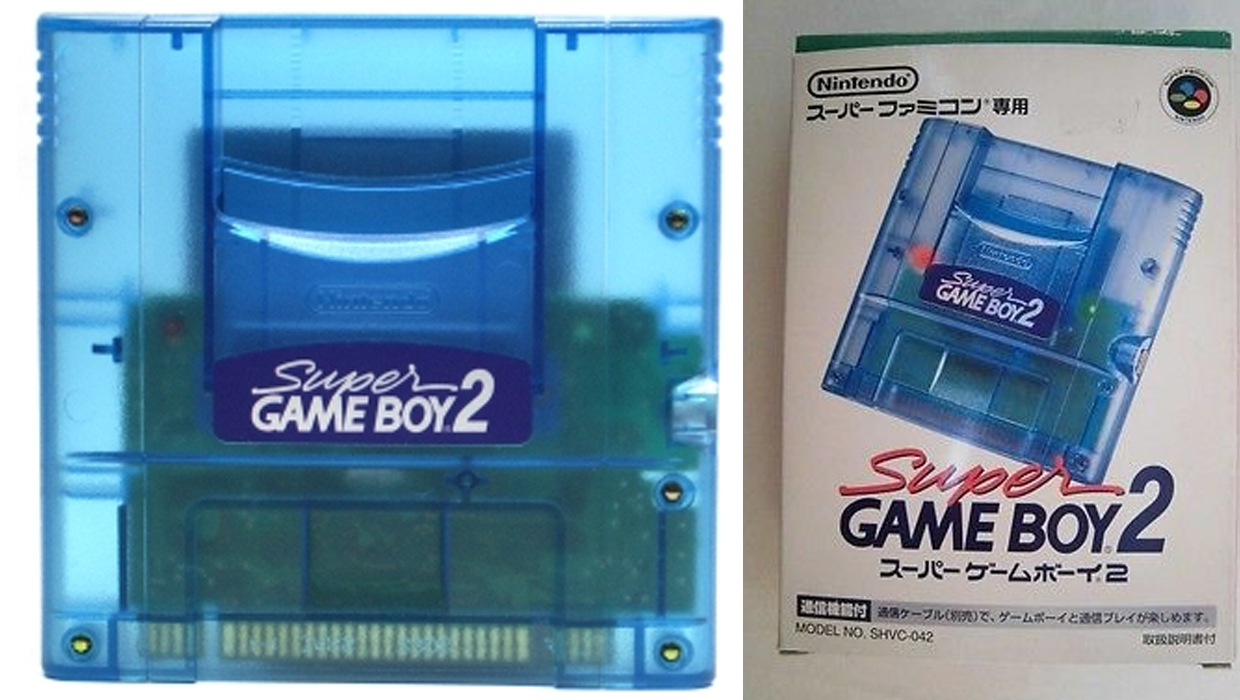
Heres one last footnote from the Game Boys history in Japan. The second Super Game Boy came very late in the SNES lifespan, and was made to address some of the technological limitations of its predecessor. Super Game Boy 2 offers more specialized backgrounds than the first version, as well as faster loading and the ability to connect to other games via a link cable. But despite what many assumed, this couldnt play Game Boy Color games--a real drawback at the time of release.
N64 Transfer Pak
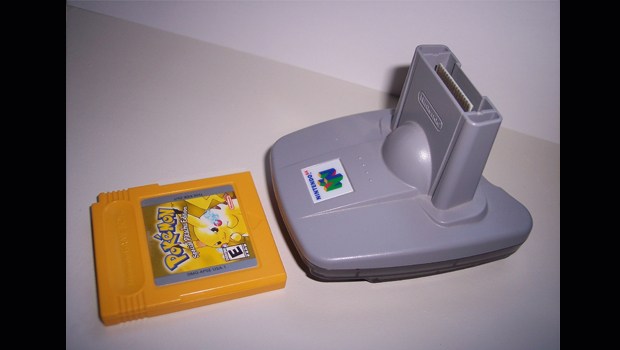
This was basically the last gasp of Nintendo repurposing the Game Boys tech. The Transfer Pak was a somewhat bulbous attachment for that went in the same place on the N64 controller as the Rumble Pak. Its like a very specific Super Game Boy for the N64, only able to play Pokemon Red/Blue/Yellow via the Pokemon Stadium titles. A small number of Game Boy games--like Perfect Dark and Mario Tennis--could also communicate with their N64 counterparts, but thats basically it for this very limited Game Boy cartridge holder. Not the most noble end, but most consoles aren't even being made ten years after release, so I'd say the Game Boy did alright considering.
Playing with pocket power
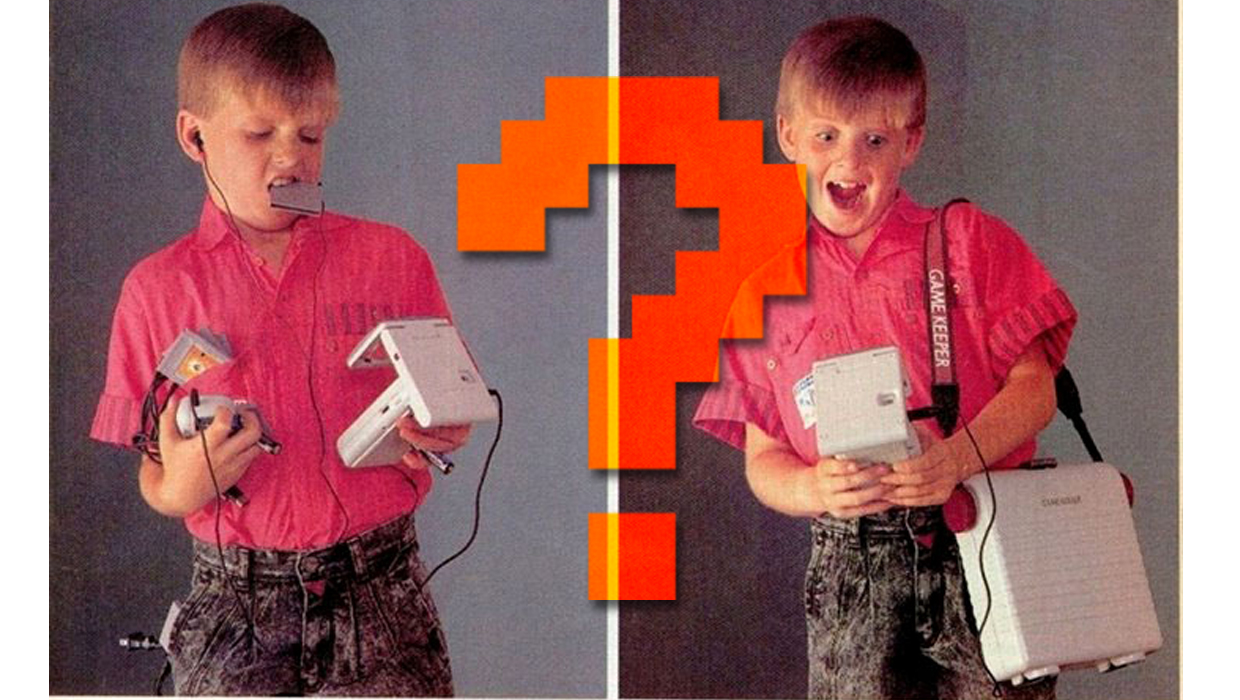
So those were the many faces of the Game Boy over its unparalleled decade of portable dominance. How many of these iterations did you own? Do you wish some of those Japan-exclusives had come stateside? Feel free to share all your Game Boy memories in the comments!
And if you're looking for more Game Boy love, check out GamesRadar's lists of the best Game Boy games and the best Game Boy Color games.
Henry Gilbert is a former GamesRadar+ Editor, having spent seven years at the site helping to navigate our readers through the PS3 and Xbox 360 generation. Henry is now following another passion of his besides video games, working as the producer and podcast cohost of the popular Talking Simpsons and What a Cartoon podcasts.



